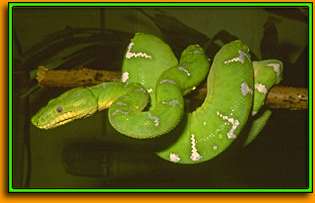S o u t h E a s t A s i a
 India, Bangladesh and Sri Lanka all have thin strips and patches of rainforest, and Indonesia—which contains one-tenth of the world’s rainforest and 40% of all the rainforest found in Asia rainforest—is rapidly losing its rainforest to commercial logging and settlement. In Malaysia, agriculture and rubber plantations have taken over about two-thirds of the lowland forest. In Myanmar (Burma) the teak forests were logged as long ago as the mid-19th century, but mechanization has increased the pace of exploitation and endangered many plant and animals species. But, as noted in Activity A.2, humans have lived in this region for close to a million years, and great civilizations like the 12th century power center of Angkor Wat cleared land for impressive cities. Abandoned for six centuries, rainforest indistinguishable (some say) from virgin forest has re-established itself on sites where once there was a city. Recently one bird species feared extinct was rediscovered.
Sumatra is home to two plants described as the world’s “tallest” and “broadest” flowers, but one of Earth’s largest animals, the elephant, is having problems here: fragmentation of its natural habitat by settlers from elsewhere in Indonesia means that farmers and elephants are in conflict, with crops raided and elephants attacked. Papua New Guinea contains some 700,000 square kilometers (270,000 square miles) of rainforest, much as yet undisturbed and difficult to access because of mountainous terrain. PNG is home to the world’s largest butterfly, the Queen Alexandra’s birdwing, sometimes 10 inches across! New Guinea also hosts many spectacular bird species, including birds of paradise and brightly-colored parrots. |
![]()
